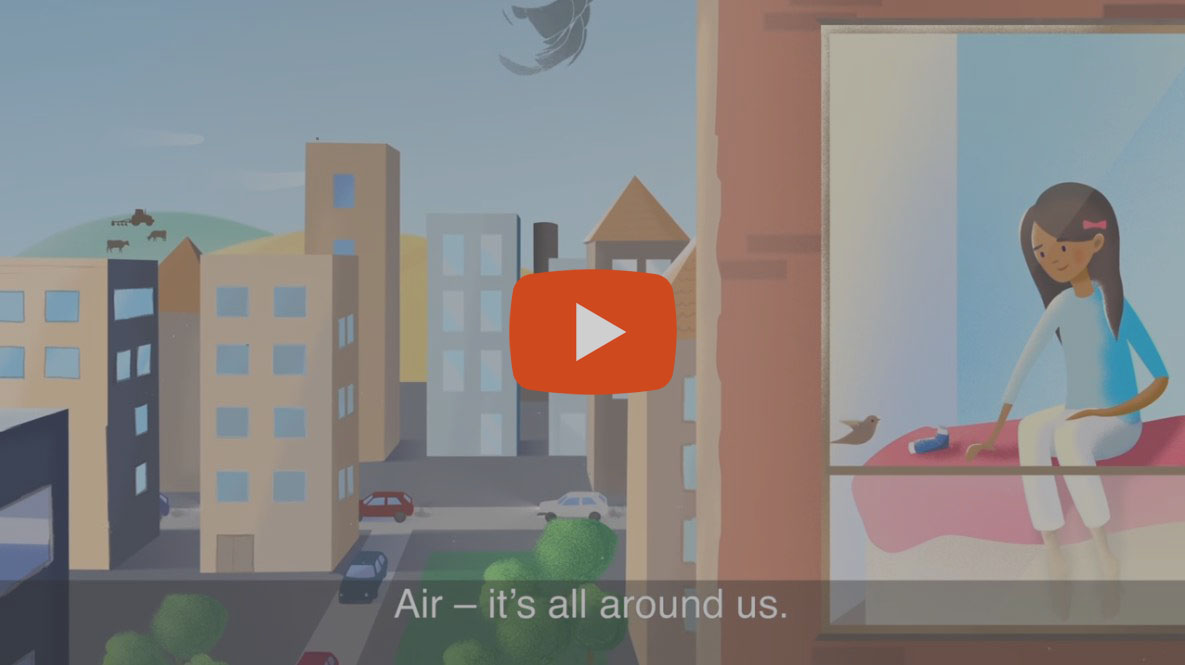
Background and objectives
More and more European citizens are engaging in air quality monitoring by using so-called low cost measurement devices. The primary goal of such ‘citizen science’ initiatives is to raise awareness of the links between air pollution and health, mainly in cities where most Europeans live.
CleanAir@School was launched at a meeting of the EPA Network in Dublin in April 2018, and ran until early 2020.
The initiative used citizen science campaigns to better understand children’s exposure to a key air pollutant, nitrogen dioxide (NO2), in the school environment across Europe. Children at participating schools learnt about air pollution and health effects, while both pupils and their parents saw how road transport affects air quality. A key question was whether, in the light of this knowledge, parents shifted away from bringing their children by car to school. Participating environmental protection agencies engaged with local communities and explained how they worked to improve air quality.
On a more technical note, the initiative explored how data collected by citizens might complement ‘official’ air quality monitoring to communicate and improve understanding of local air quality. At a European level, this can support the European Commission’s efforts to streamline environmental reporting, in particular to ‘promote the wider use of citizen science to complement environmental reporting’.
To ensure comparability across the campaigns, they all included common elements.
- EPAs identifed the participating schools and implemented the initiative at local level.
- Air quality was monitored using NO2 passive samplers, with at least two sampling points located at each school.
- One sampler had to be placed on the road at the front of the school, and one in a less polluted area such as the backyard. This allowed the campaigns to monitor the effect of road transport emissions at the school gate.
- In terms of timing, NO2 should be measured for at least four weeks, ideally in the spring and/or autumn.
Participating environmental protection agencies:
- Ireland
- Malta
- Estonia
- Netherlands
- Slovakia
- Spain
- UK/Scotland
- Italy
Observer environmental protection agencies:
- Belgium/Flanders
- Iceland
- Sweden
- Switzerland
- UK/Wales
To raise awareness of CleanAir@School, the environmental protection agencies were engaging pupils, teachers, and parents in the implementation of the project. Once the measurement campaigns were completed, the agencies explained the results and ran surveys at each school to assess changes in awareness and in the mode of transport used by parents and older pupils.
EEA played a coordinating role in the project, bringing partners together to share best practice and agree on a common approach to ensure, as far as possible, comparability of results.
See also



Document Actions
Share with others